Tamron SP 15-30 mm f/2.8 Di VC USD
5. Chromatic and spherical aberration
The photos below show clearly that the Tamron 15-30 mm doesn’t have any problems when it comes to the longitudinal chromatic aberration correction.
Please Support UsIf you enjoy our reviews and articles, and you want us to continue our work please, support our website by donating through PayPal. The funds are going to be used for paying our editorial team, renting servers, and equipping our testing studio; only that way we will be able to continue providing you interesting content for free. |
- - - - - - - - - - - - - - - - - - - - - - - - - - - - - - - - - - - - - - - - - - - - - - - -
 |
We also have no serious reservations concerning the way it corrects the lateral version of that aberration. The results it got respectively on the edge of the APS-C/DX and full frame are presented as two graphs below.
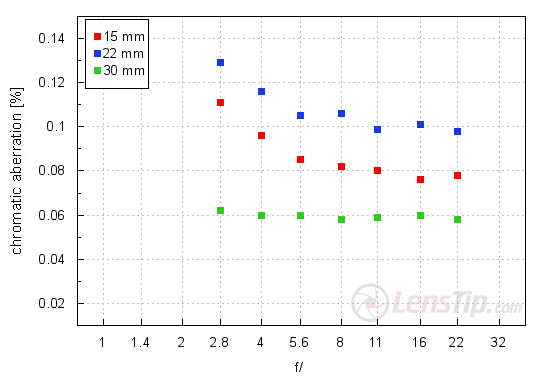
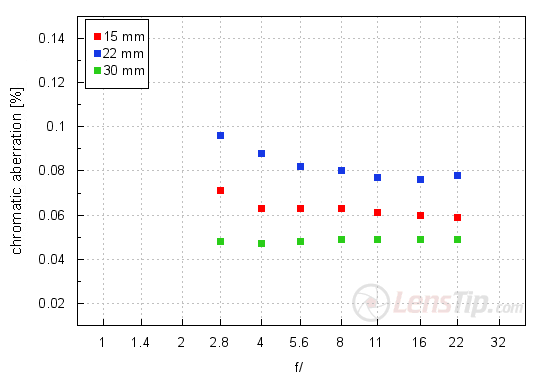
The most aberration-related problems you can encounter at 22 mm focal length; still even the highest results are firmly the medium level, never reaching high values. A sensible aberration correction at 15 mm and a virtual lack of any aberration at 30 mm are worth emphasizing. You should also keep in mind the fact that the Nikkor 14-24 mm had the highest chromatic aberration level exactly at the shortest focal length and it reached almost 0.14%.
| Canon 5D III, 30 mm, f/4.0 | Canon 5D III, 22 mm, f/2.8 |
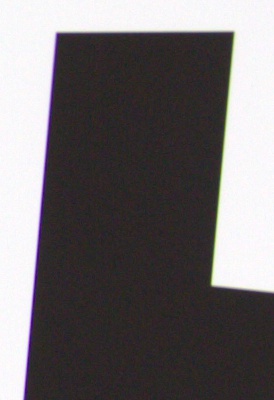
|
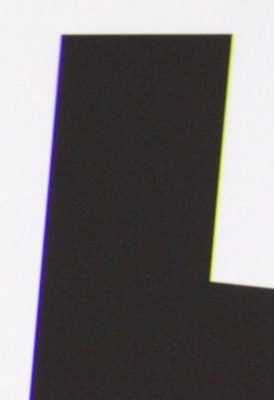
|
Spherical aberration
The tested lens didn’t have any ‘focus shift’ effect so its spherical aberration level shouldn’t be very high. The appearance of light circles we got in front of and behind the focal point doesn’t indicate any problems either – there are slight differences but it’s nothing serious. However, with such parameters of the lens, it would be difficult to pass an unambiguous verdict; it is very difficult to get a circle in front of and behind the focus big enough to assess it properly.
| Canon 5D MkIII, 30 mm, f/2.8, in front of | Canon 5D MkIII, 30 mm, f/2.8, behind |
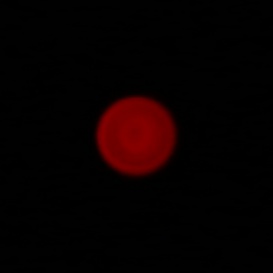
|
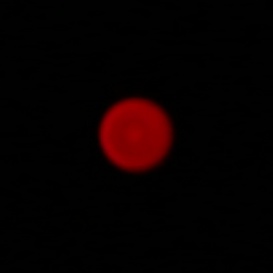
|






